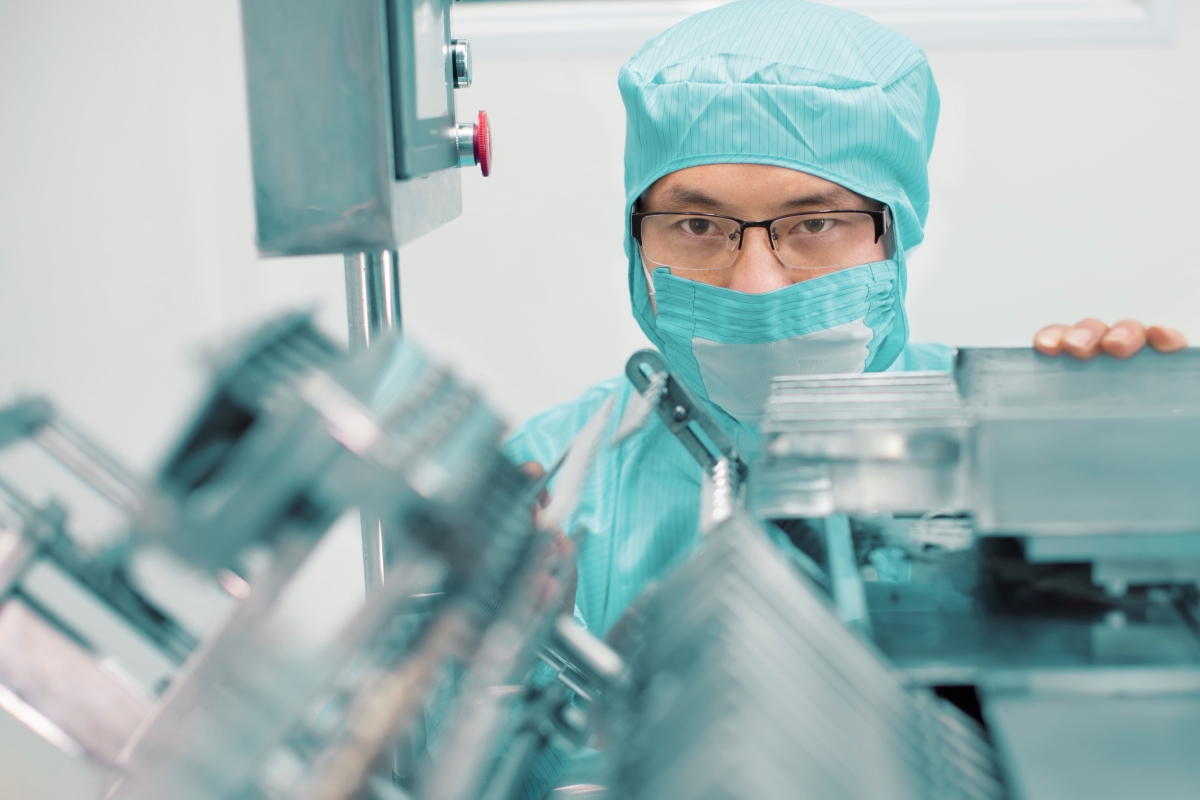Digital transformation comes with unforeseen yet sometimes very beneficial consequences. Who would have guessed that introducing IoT (Internet of Things) to pharmaceutical manufacturing could have a broader transformational impact on a traditionally conservative company culture?
Conservative Pharma Industry
As a bit of background information, there are many reasons why the pharmaceutical industry tends to be more risk-averse than others. Here are some key considerations:
- Long-term investment:
Developing an innovative new drug easily takes 10 years and costs $2.6Bn upfront (according to the Pharmaceutical Research and Manufacturers of America, PhRMA) before the actual product reaches the market. Pharmaceutical development remains a high-cost, high-risk business where mistakes are punished harshly and can ruin a company. - Regulated industry
Regulatory authorities, such as the Food and Drug Administration (FDA) in the United States and corresponding agencies around the world, closely inspect every aspect of the development, manufacturing, and marketing of medicinal drug products from pharma companies. If a company is found out of compliance with Good Manufacturing Practices (GMP), severe financial penalties can be imposed and drastic consequences loom – including shutting down the business altogether. - Human lives are at stake
Pharmaceutical manufacturing is where the rubber hits the road: Any problems in the manufacturing process can easily affect product quality and thereby directly threaten the health and lives of patients. Every facet must be closely observed, and regulatory inspections are frequent and thorough. Therefore, changes to the manufacturing environment are done most reluctantly by companies to minimize risks.
The burden from these limitations weighs heavy on the organization and lends itself to a conservative mindset and cautious approach. Change is not always welcome as it induces risk that could jeopardize operations and outcomes.
Moving to IoT
The Internet of Things (IoT) is more than just a bunch of devises and sensors that communicate with each other and generate a constant stream of data: IoT affects not only how we (make things) work but can also affect how we think and the foundation for our decision-making.
The traditional process in pharmaceutical manufacturing produces batches of product. It requires many human process steps from preparing and calibrating machinery, running the batch, examining the quality and then cleaning and preparing the equipment again for the next batch of the same or an entirely different product. During the process, devices collect data in their own ‑often proprietary‑ data formats that may be hard to access. The data has to be collected, combined and interpreted in a time-consuming process full of interpretation barriers and prone to human error. Even worse, “over 70% of the data in manufacturing is never touched” according to the CEO of Bigfinite, an IoT provider, and certainly not timely. This comes at a cost as this example shows: An American pharma company reportedly lost $20 million worth of product when a $3,500 vacuum pump broke down.
Around 30% of the Top 20 pharma companies started introducing IoT in their pharmaceutical manufacturing (according to GEP, a supply-chain advisory firm) to enable faster and continuous data collection from several processes for real-time monitoring, integrated analytics, and more timely decision-making. The paramount goal was to meet regulatory demand, such as the FDA requirement for continued process verification.
What comes with IoT
However, IoT relies on Cloud computing to provide digital connectivity across the entire supply chain from production to market and across plants. IoT Cloud computing may come with the necessity to use third-party-run servers for data storage and calculations raising the all too familiar fears of pharma managers and employees. Often enough it is the employees who interpret regulatory guidance to narrowly and don’t dare to rock the boat by changing the current GMP (cGMP) out of inflated data security concerns and the doomy risk of falling out of compliance.
While care certainly needs to be taken when implementing the new technology and while processes need to remain compliant, the FDA has already shown flexibility and set a precedence in approving the shift from batch to continuous manufacturing for Johnson&Johnson’s HIV drug PREZISTA.
More recently, the regulatory concern no longer seems paramount. Instead, management understands that IoT opens the door to massive and much-needed cost savings, shorter cycle time, right-sizing operations, increased productivity and higher competitiveness in the highly competitive pharmaceutical market arena.
People transformation beyond digital
Interestingly, all these more technical aspects can distract from how IoT in pharmaceutical manufacturing can lead to a broader shift of mindset throughout the organization:
Sharing and compiling formerly compartmentalized data across different parts of an organizational practically breaks the well-established and well-protected silos in many organizations. Suddenly, everyone seems connected to everyone else in the company and departmental borders fall while the process becomes visible and more transparent in real-time.
The fundamental shift with IoT and Cloud computing forces management and workers to adapt to the new technology and to connect with others outside their immediate organizational silo. The newly integrated informatics can include Enterprise Resource Planning (ERP) and financial systems. Sharing the data trove happens not only within a manufacturing plant but also across 25 plants at Pfizer, for example.
The technology-induced visibility and management of the manufacturing process challenges the traditional mode of operation and encourages employees trying out something new. If managed well, this mindset shift can be used to crack the barriers and drive a favorable cultural change throughout the organization. It enables but also pushes employees to continuously improve manufacturing operations while it also translates and proliferates into all other aspects of their work.
Summary
IoT technology in pharmaceutical manufacturing not only improves the productivity and competitiveness while maintaining regulatory compliance but also challenges and steers employee mindset away from overly conservative restraint toward collaboration and continuous improvement – and thereby shifts the organizational in favorable directions.











